Sports Culture Rules the School Landscape
March 31, 2023
THE DISTINCTIVE PLACE OF INTERSCHOLASTIC ATHLETICS IN GENERATING SCHOOL AND COMMUNITY SPIRIT AS WELL AS SOME DISUNIFYING ELEMENTS
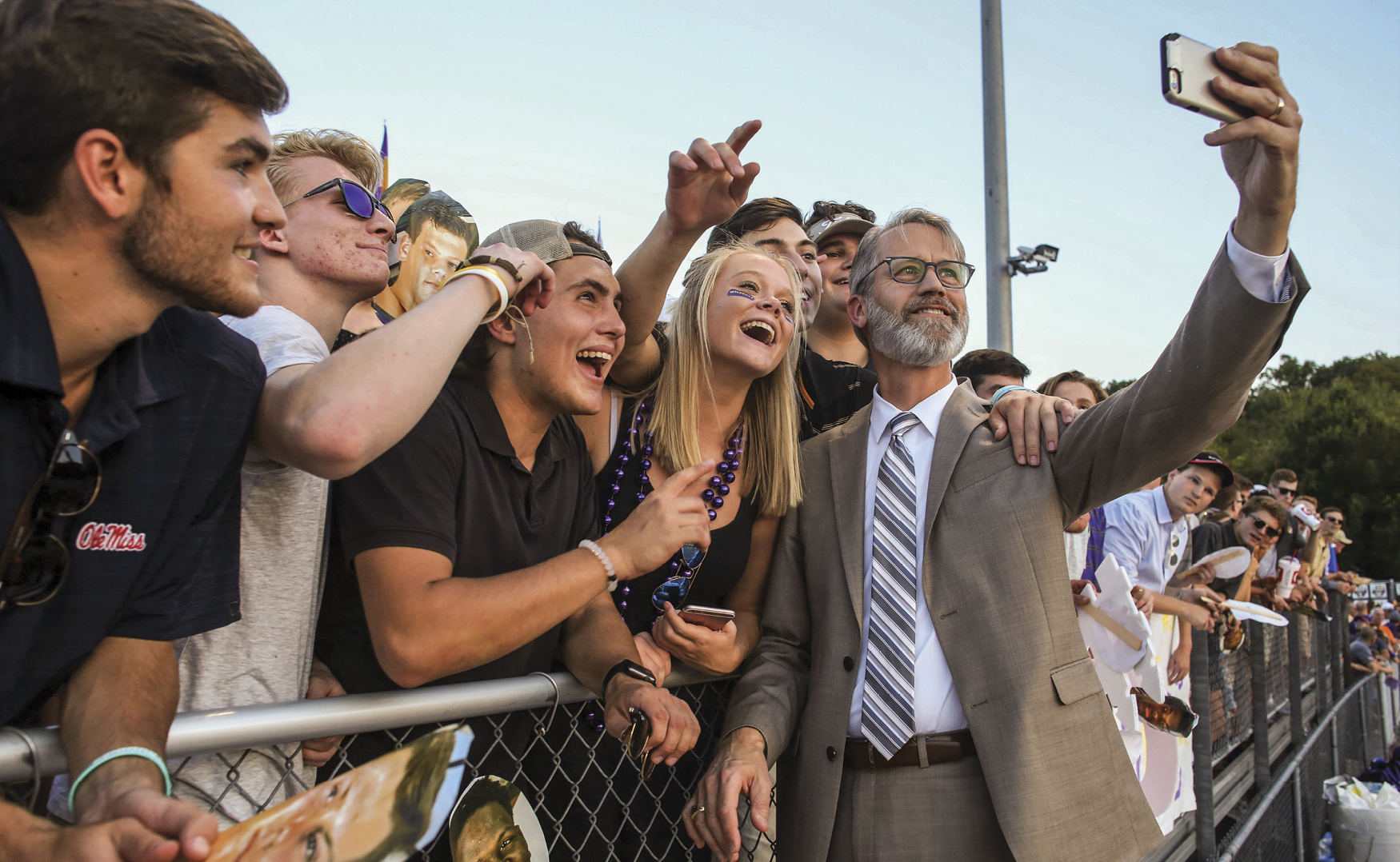
As sociologist James Coleman noted, when a visitor walks into an American high school, often the first thing that catches the eye is the glass trophy case in the front lobby. The various trophies, plaques, ribbons, game balls and jerseys symbolize victory in athletic contests, rarely scholastic achievement. Indeed, foreign tourists might think they are entering an athletic club, not an educational institution.
A visitor might pick up the school yearbook, a chronicle of school culture. The yearbook tells the story of the school year’s activities, customs and traditions. Contemporary school yearbooks reflect a nominal emphasis on academics with few pages devoted to academic achievers, such as honor roll students or AP scholars. A substantial number of pages — often a third or more, according to one study — feature extracurricular activities, most notably interscholastic sports.
Outside the high school, the visitor might notice the electronic signboard on the school lawn, a product of community fund raising. The signboard likely features notices of the next varsity football game and the wrestling tournament. Of less interest to the community are announcements about the spring musical, the band concert or the upcoming PTSA meeting.
Varsity sports are a prominent element of community and high school culture. Although most residents without children in schools aren’t likely to attend school debates or science fairs, they may be interested in and attend interscholastic athletics events.
Promoting Spirit
School administrators, staff, students, parents and community members promote school spirit, which in my view as an academic researcher has three dimensions: (1) student commitment to school activities, (2) loyalty to and quest for social harmony, and (3) pride in one’s school, including the relishing of traditions. School spirit brings students together, mitigating the effects of diverse curricular tracks and large school enrollments.
School spirit thrives in co-curricular and extracurricular activities such as homecoming. This annual fall event, which welcomes back alumni, often includes a home football game and the crowning of the homecoming king, typically an athlete, and the queen, who is less likely to be an athlete.
Pep rallies, another activity intended to promote school spirit, disproportionately focus on athletics. Classes are dismissed and members of the community may be invited to participate. Although the school band and the cheerleading squad often are featured, athletes (traditionally male athletes) customarily are the center of focus.
When school spirit leads to engagement, students are less likely to drop out and more likely to graduate, according to John R. Gerdy, in his 2014 book Ball or Bands: Football vs. Music as an Educational and Community Investment. Do varsity sports generate school spirit? Do they enhance the value of a high school education? Do small schools and trade schools that don’t sponsor interscholastic sports lack school spirit?
Jock Culture
While interscholastic athletics can generate loyalty and school spirit, they also can create an us-versus-them mentality. The glorification of athletes may generate a feeling of discord among students. Schools may include a student counterculture that demonstrates contempt for athletics, akin to what sociologists identify as a “jock-versus-nerd” culture.
In popular culture, male athletes are designated as “jocks.” While the label may convey prestige in some sectors of adolescent culture, it can carry derogatory connotations, as in the derivative “dumb jock.” Jocks are identified with bullying, being cocky and egotistical, as well as simple-minded, according to research by Kathleen E. Miller and colleagues published in 2005 in the Sociology of Sport Journal. The label seems to be attached particularly to male football players.
When jocks are accorded unchallenged privilege in schools, they enforce the social code and dominate public space, encapsulated by the expression “jocks rule.” A former student describes football players in their letter jackets striding through a crowd of students, pushing others out of the way. This climate of bullying by jocks has the potential to escalate.
Lorraine Adams and Dale Russakoff, writing for The Washington Post in June 1999, describe such conditions at Columbine High School in Jefferson County, Colo., in the late 1990s, where athletes misbehaved with impunity. Football players routinely shoved other students into lockers. H. G. Bissinger, author of Friday Night Lights, reported that high school football players he followed in Texas walked out of classes without consequence, roaming the halls or even leaving campus.
Athletes’ sense of self-importance often is reinforced by their schools. Schools award varsity letters to athletes to display on their jackets or sweaters. Special patches indicate the wearers are members of district or state champion teams.
Players’ names are announced over the public address system as they take the court or field. Football players enter the field by dramatically breaking through banners amidst plumes of smoke. 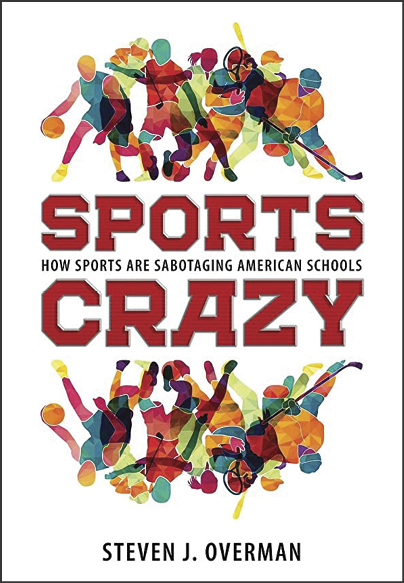
When high school athletes are signed by major university teams, the schools hold signing ceremonies with TV cameras running. Some schools dismiss classes for the ceremony. How many high schools hold such ceremonies for top scholars who’ve garnered prestigious academic scholarships?
Jock identity can lead to disrespect for established norms and such problem behaviors as excessive drinking and sexual risk taking, in addition to bullying, according to research by Kathleen Miller, an associate professor of sociology at D’Youville College, published in 2007 in the Journal of Youth and Adolescence.
Reframing Purpose
The educational rationale for interscholastic sports is built on the pyramid model. Students develop fitness and learn basic sports skills in their physical education classes, forming the base of the pyramid. The opportunity to apply those learned skills in actual competition is facilitated by an intramural sports program where they can compete with fellow students at their school.
Based on this model, the thinking goes, a few students are so talented that they would benefit from competing against highly skilled athletes from other schools.
Of course, this isn’t how interscholastic athletics actually developed in American schools. High schools adopted the collegiate model. School teams were formed in those sports that were popular in the local community. Like colleges, secondary schools entered what is, in effect, the sports entertainment business, a uniquely American phenomenon.
School administrators need to structure an environment where the positive attributes of athletic participation supplant the negative aspects of jock culture. Striking a better balance between sports and academics conveys to students a sense of what school is about and where they should invest their efforts.
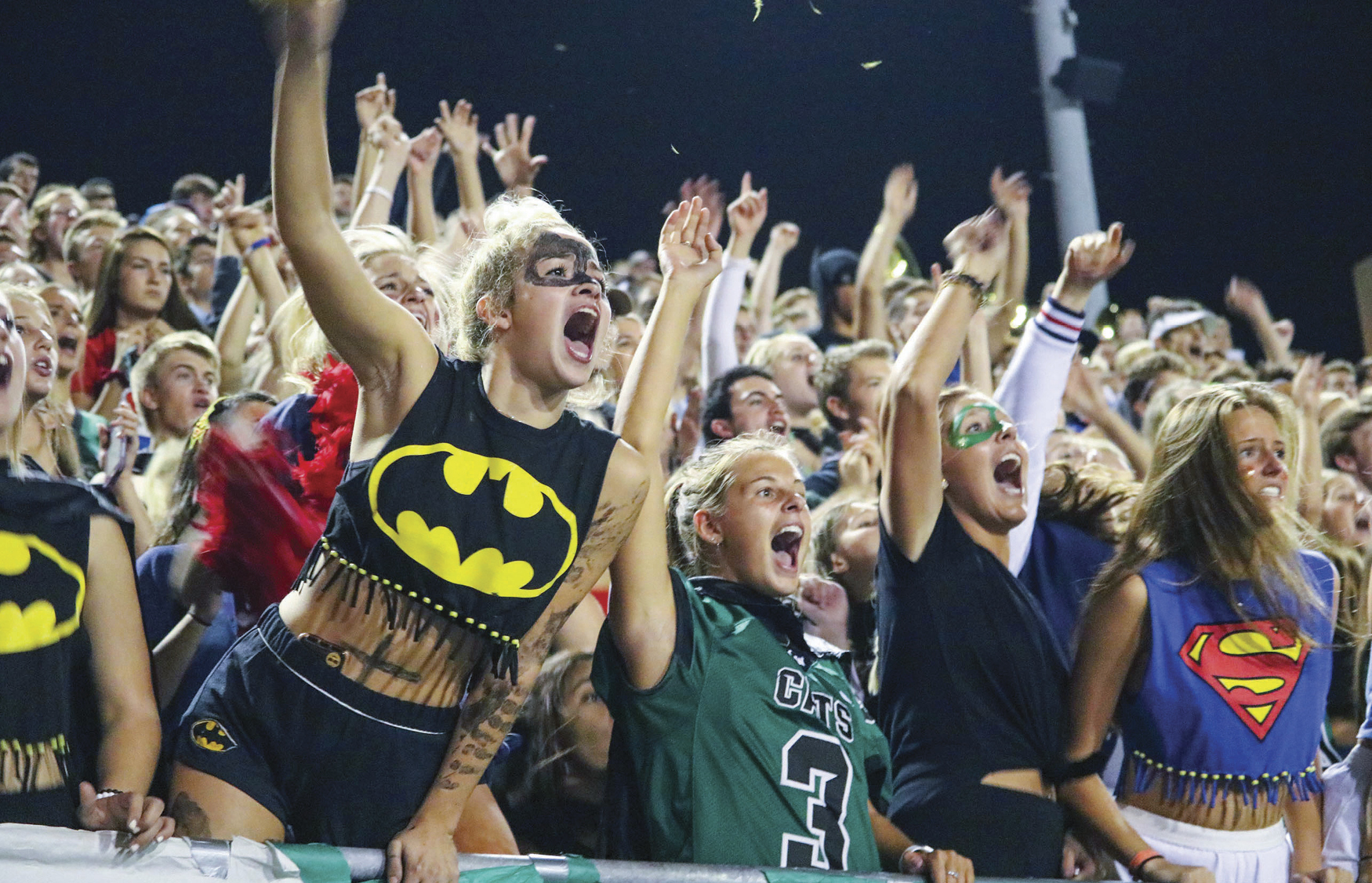
Amanda Ripley, in her 2013 article on the harmful side of scholastic sports for The Atlantic, describes the suspension of interscholastic sports at a Texas high school for budgetary reasons with the principal holding weekly sports-free pep rallies at the school. During that period, classes competed against each other in drumming contests and team-building exercises in the gymnasium. Ripley quotes the principal as saying, “The first 12 weeks of school were the most peaceful beginning weeks I’ve ever witnessed at a high school. It was calm. There was a level of energy devoted to planning and lessons, to after-school tutoring. I saw such a difference.”
School leaders can steer the focus toward the educational and physical benefits of athletics and stem the excesses of jock culture. More widely, educators can clarify values, with schools not only honoring accomplished athletes but also accomplished members of the debate team, science fair competitions and musicians, as well as those attaining the honor roll.
The primary goal in interscholastic athletics shouldn’t be winning the most championships but encouraging maximum participation by students, creating a program that promotes health and fitness along with the social and psychological benefits of sports participation. n
Steven Overman, a retired professor of health and physical education at Jackson State University in Jackson, Miss., is the author of Sports Crazy: How Sports Are Sabotaging American Schools, from which this article is adapted.
BY CECILIA J. ROBINSON-WOODS
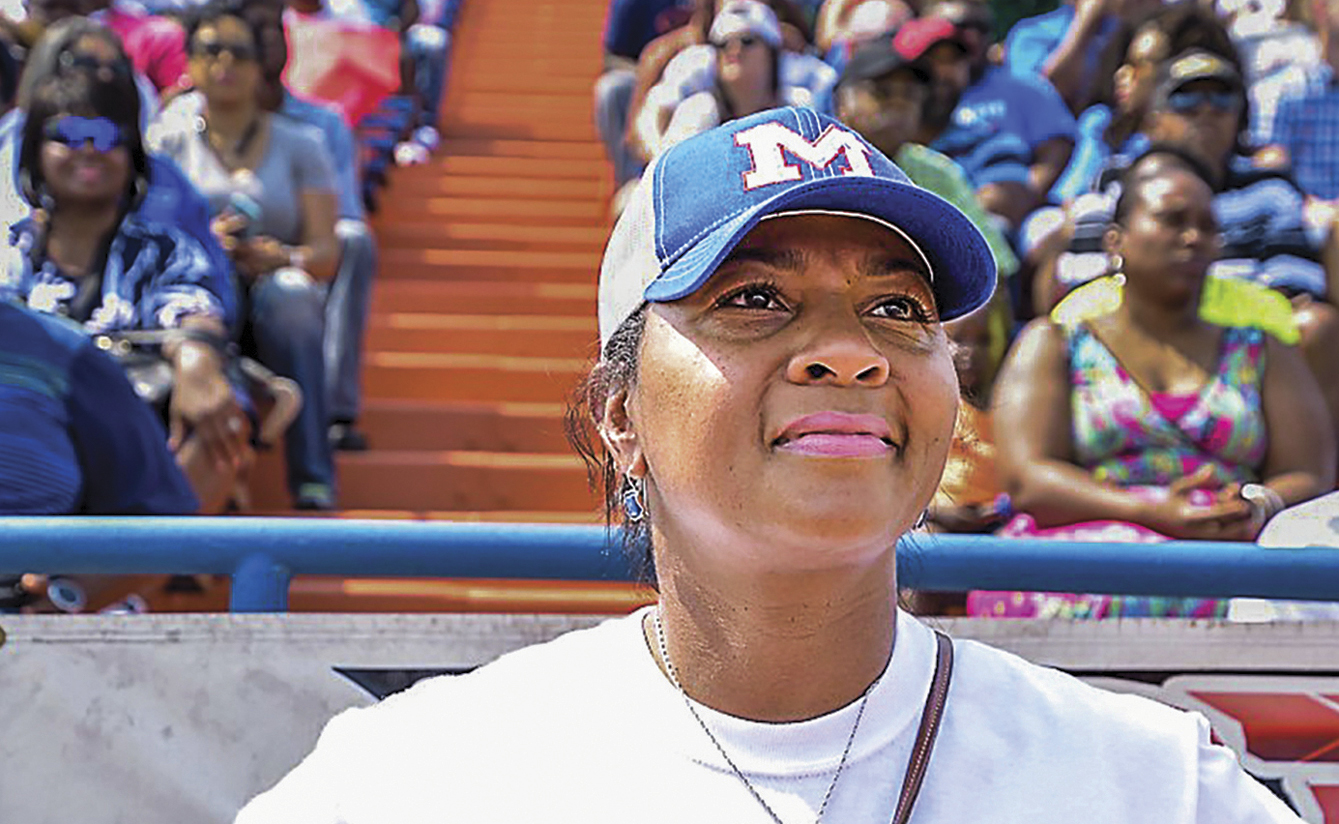
As superintendents, we are committed to ensuring all students get the best education possible and one that is customized to meet their needs and honor their experiences and differences. We work tirelessly to provide resources and teacher training to build capacity in our students to be critical thinkers, readers and writers.
The need to create a safe environment where students respect and honor each other’s differences is paramount. But often this need receives less attention due to time constraints, as well as increasing politicization to minimize our recognition of diversity in schools or even to acknowledge the differences in our racial past. Perhaps we should consider the opportunities that interscholastic sports provide to highlight and promote the diversity of others.
Cultural displays are innate and need no invitation to show up in everyday life. Researchers of culturally responsive practices aver that practitioners grounded in sociocultural consciousness recognize and accept cultural beliefs and attitudes that students bring to school.
Pronounced Differences
Likewise, students bring these displays of culture and traditions to interscholastic sports. These displays are more pronounced when teams are composed primarily of a homogenous culture, such as our community of Millwood in Oklahoma. The Millwood Public Schools is 96 percent African American, one of the few predominantly Black school districts in the Midwest. As superintendent, I try to ensure that, in the face of heightened racial tensions during interscholastic competitions, we do not mute our traditions.
As a host for interscholastic athletic events, our district carries responsibility to provide safe and welcoming venues for competitors. This includes recognizing and honoring cultural displays of tradition. Just as among churches and other places of worship, different denominations have different displays of worship or prayer. Some denominations kneel and pray, some pray silently, and others pray in a call-and-response fashion. All are prayers germane to their denomination. All are valid.
Similarly, cheerleading routines, band performances and even player interactions look different across cultures. If we understand and accept displays of varied worship, we should be able to accept that schools’ cultural displays during sports activities also may differ.
An Authentic View
Why is this important? Who cares about student displays during athletic competitions?
We should! Few opportunities are available to see in real time these types of unsolicited displays or to get a glimpse into an authentic cultural space. Openness to recognizing our differences can lead to acknowledgment regarding cultural differences in learning.
When spectators of the Millwood band or cheerleaders hear our chants, it yields one of two responses. We hear a “wow” or a “why.” The wow is an acceptance that one should enjoy the celebration and recognize our display as an authentic representation of our culture. The why is a closed-minded response that questions why we would dare break from their tradition as well as a non-acceptance of different forms of expression.
The why fuels negative bias and perceptions regarding our celebrations as a lack of structure. Non-acceptance of cultural displays in something as innocent as interscholastic sports helps cement the mindset there is only one way to learn, one way to celebrate and one way to be American. The U.S. Constitution’s preamble “We the People” sets the expectation of a pluralistic union.
Validating Diversity
In today’s socio-political climate, superintendents face a monumental challenge to ensure the communities we represent are validated and supported. When we take our students into the world, we want the world to know they carry diverse thoughts, gifts and talents. Displaying this through interscholastic sports gives us a low-stakes opportunity to present pride and unity in our unique ways.
As community leaders, we owe it to one another to recognize and support each other in this endeavor. United we stand. Divided we fall short in opportunities to educate our students.
Cecilia Robinson-Woods is superintendent of Millwood Public Schools in Oklahoma City, Okla. @crobiwoods
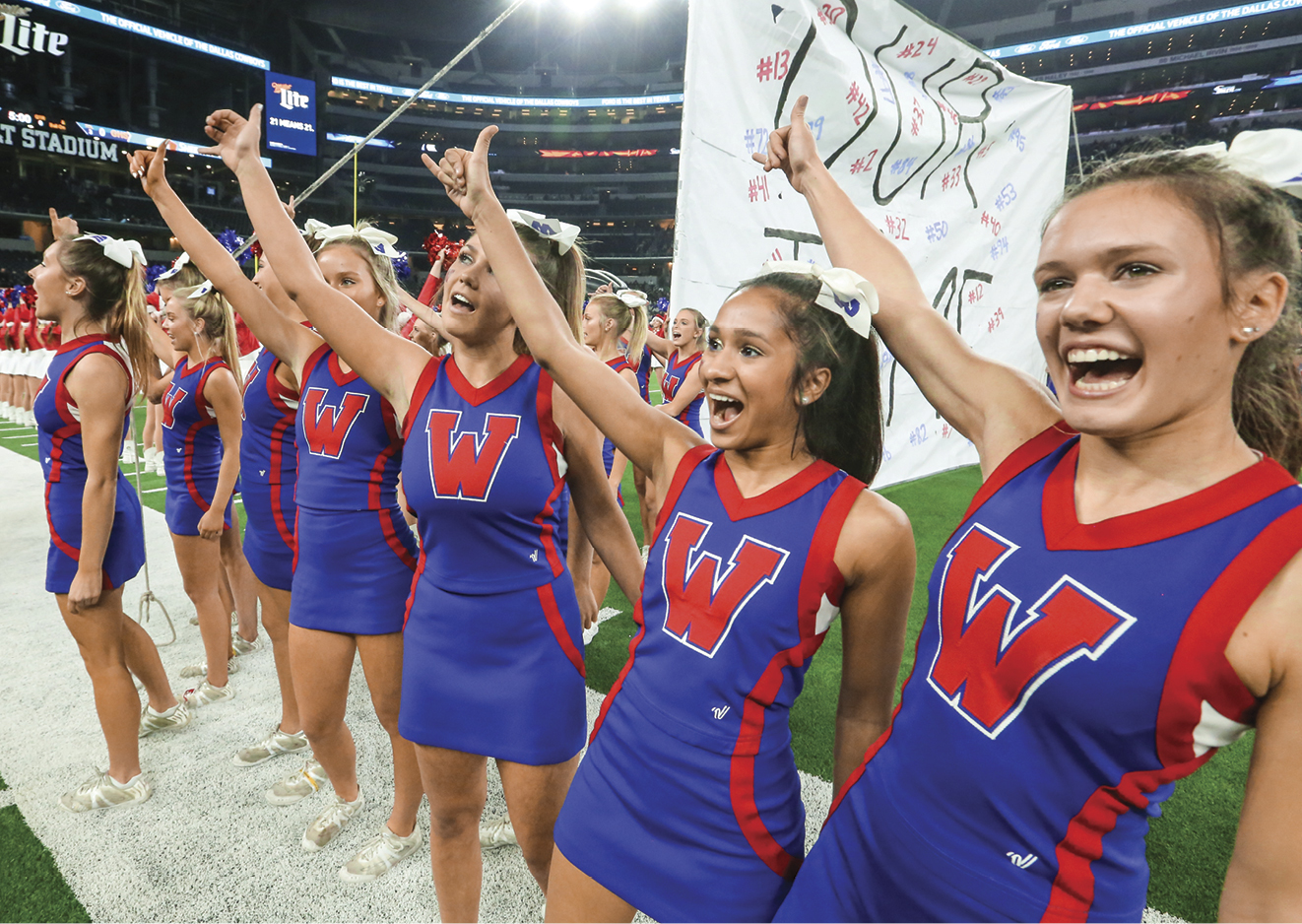
The sport of cheerleading first emerged on college campuses in the 1890s. A half-century later, high schools had adopted the practice, and cheerleading flourished along with varsity football. At the time, the overwhelming majority of cheerleaders were males.
That changed in the aftermath of World War II, when cheer squads became a feminine subsidiary of masculine athletics. Selection of cheerleaders was tied to ideal femininity. Today, about 78 percent of school cheerleaders are female, according to a Sports & Fitness Industry Association report in 2018.
Title IX of the Education Amendments of 1972 opened up more organized extracurricular physical activities for girls. As the schools were required to sponsor an equitable number of sports for girls, the male establishment responded by redefining cheerleading as a sport. Advocates argued that the activity’s emphasis on athleticism and competition exemplified the emerging elasticity of gender roles.
Not everyone agrees that cheerleading has the attributes of a competitive sport, however. The Women’s Sports Foundation does not recognize cheerleading as a sport, and the Office of Civil Rights in the U.S. Department of Education does not count it as an interscholastic sport for Title IX purposes. Physical educators suggest women’s gymnastics is a more legitimate sport.
Feminists point out that wider opportunities for girls in competitive athletics hasn’t eliminated sideline cheerleading, an activity many consider sexually exploitive. We observe girls on the sidelines in skimpy outfits cheering on male athletes. Some cheering gestures are sexually suggestive. After touchdowns are scored, cheerleaders are known to get on their knees and bow down to the male athletes.
Critics point out that the basic rationale of sideline cheerleading is the somewhat oxymoronic “orchestrated enthusiasm.”
Yet cheerleading remains a popular activity. It has become more competitive, incorporating strategies of interscholastic athletics. Cheerleading squads practice daily after school with participants spending as many hours practicing as varsity athletes. Cheerleading competitions have become nationally televised events.
Still, given the expansion of opportunities for girls to compete in legitimate sports, cheerleading remains something of an anachronism. In a society that encourages women to derive their sense of worth not from physical appearance but from values and accomplishments, schools should seriously consider eliminating what progressive educators recognize as a mindless and sexist holdover from the past.
— Steven Overman
Rethinking School Sports Post-COVID
BY CHRIS J. KENNEDY
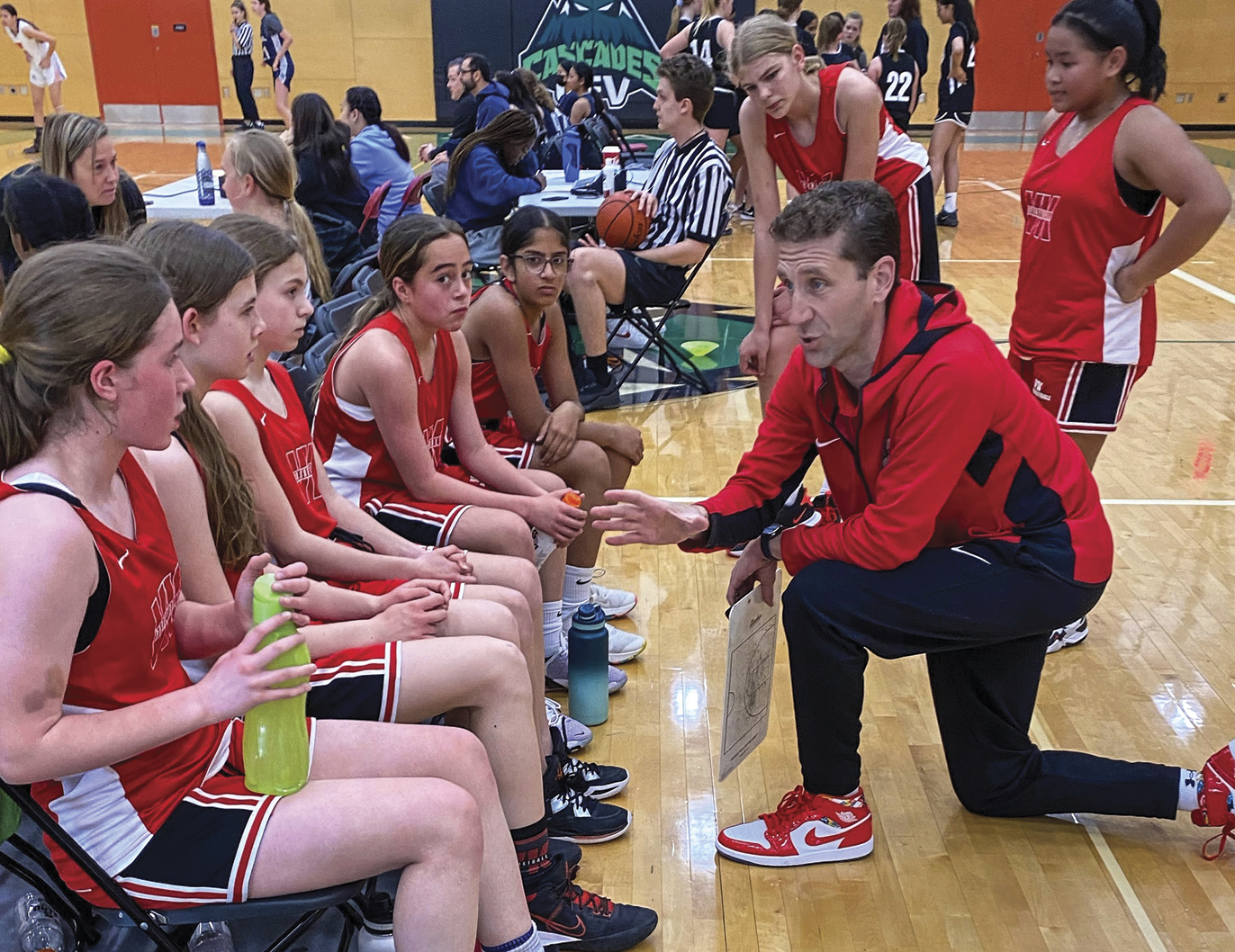
It is not hyperbole to suggest that COVID-19 provided the biggest challenge to school sports in our lifetimes. From March 2020 through June 2022, high school sports were upended, yet a range of innovative ideas were tested during the disrupted seasons. Now, we should consider which of those modified practices ought to stick for the long term.
We have seen some changes in sports accelerate during the pandemic. At the college level, there has been tremendous growth in the NCAA transfer portal that enables students to switch schools more easily. Meanwhile, the lawful opportunity for students to monetize their name, image and likeness, or NIL, at the college level without losing eligibility to compete in sports is beginning to play out at the high school level too.
While neither of these two significant shifts were necessarily linked to the COVID-19 disruptions, they are part of a rethinking that has come to organized sports and education more widely during the pandemic.
As COVID eliminated high school sports competitions to varying degrees in different jurisdictions, it amplified just how important these activities are for social connectedness for young people and the community at large. School sports are crucial to students’ social, emotional and physical well-being. Several studies during COVID, including 2020 research by the University of Wisconsin School of Medicine and Public Health, found that young athletes who were able to continue to play sports during the pandemic were less likely to report anxiety and depression symptoms than those who did not have the opportunity to participate.
Worth Continuing
Several modified policies and practices used during the pandemic ought to be retained now that interscholastic sports have re-emerged at full strength.
Livestreaming sporting events in schools, while not new in all places, engaged more students and families, and efforts should continue to maintain this event coverage. In British Columbia, virtually all high school sports’ championship events were livestreamed for the first time last year. The executive director of British Columbia School Sports, Jordan Abney, says, “Streaming isn’t going anywhere, and parents, fans and student-athletes are looking for it more and more.”
Another impact of COVID-19 was that more students participated. In our school district, we saw our schools’ varsity and junior varsity basketball teams of 12 players become rosters of 20 with no-cut policies implemented to increase participation. Now, as we return to traditional league structures, we should find ways to keep these additional students engaged. Increased participation could be managed through B teams and intramurals or by offering a wider range of sports, including popular esports, which cater to more students.
More broadly, there was a reset on competition during the past 2-3 years. School sports doubled down on their values of being about student growth, personal development and well-being during COVID, which distanced them from the for-profit, win-at-all-costs programming we see from some community sports vendors.
Finally, COVID-19 helped people reset and rebalance priorities. Teams focused more on skill development and injury prevention and less on simply winning. Coaches looked for balance in their lives — without the pre-COVID expectations from parents and the community that can be overwhelming. We should continue our appreciation for coaches and administrators who run school sports programs. A more inclusive and accepting school athletic community should be a priority.
An Updated Model
When I look out to what the future will mean for athletics on our playing fields and in our school gyms, I hope I do not see a return to the way things used to be. We should embrace technology to share and celebrate our student competitions. And we should modernize our model for scholastic sports.
We have learned we can create a competitive system that holds to our public school values, finds a way to include more students and is sustainable moving forward.
Chris Kennedy is superintendent of the West Vancouver School District in West Vancouver, British Columbia. @chrkennedy. He blogs at cultureofyes.
Advertisement
Advertisement
Advertisement
Advertisement



